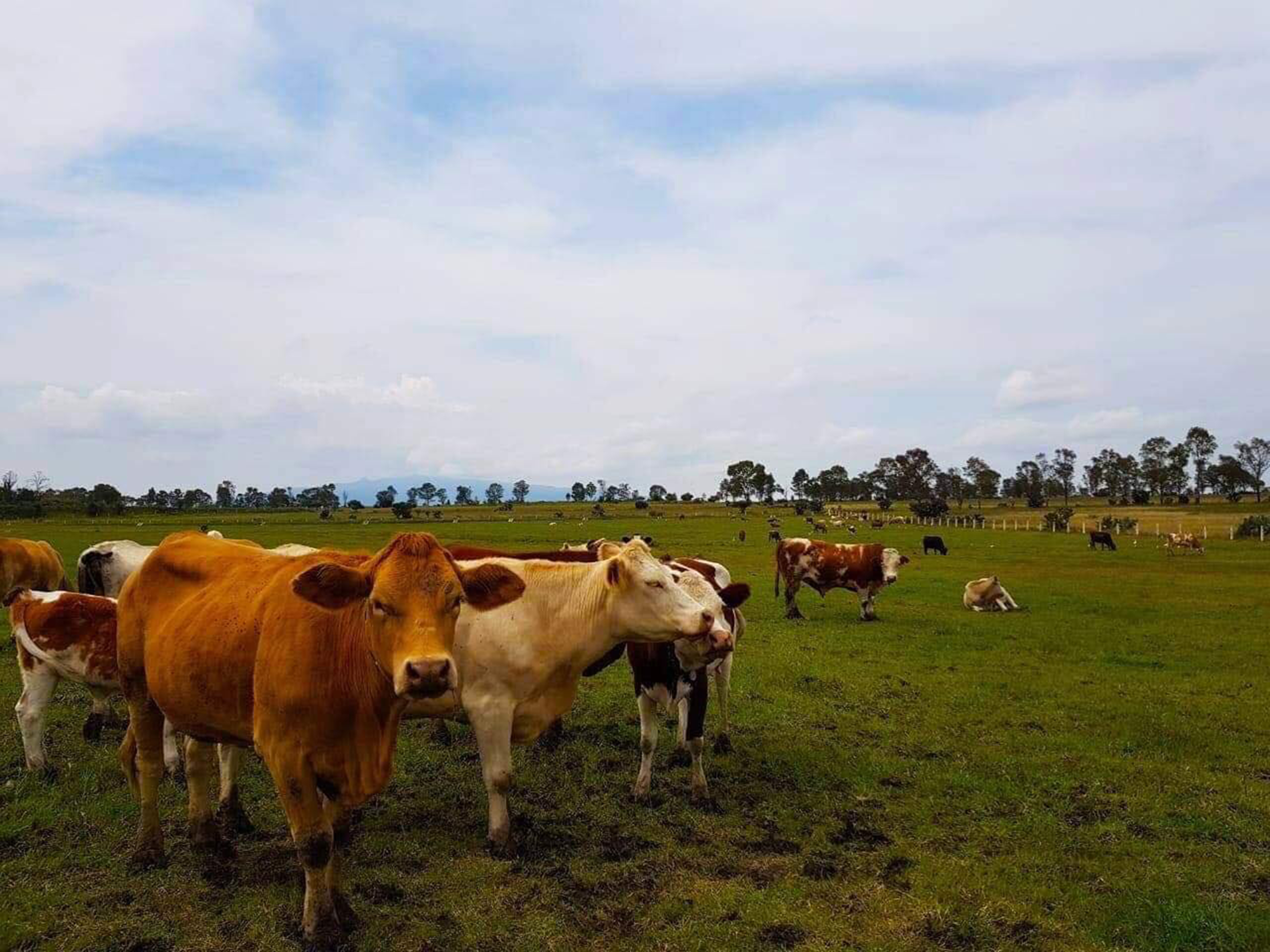The World Organisation for Animal Health (WOAH) acknowledges the continuous spread of New World screwworm (NWS) (Cochliomyia hominivorax) in the Americas. Since its resurgence in Central America, first notified by Panama in June 2023, the disease has now been reported in Belize, Costa Rica, El Salvador, Guatemala, Honduras, Nicaragua and Mexico, with more than 20, 000 new outbreaks reported in the World Animal Health Information System (WAHIS).
The prevention and control of this parasitic zoonotic disease that poses a serious threat to animals, humans, and the environment, is challenging and requires long-term coordinated efforts by affected and at-risk countries. Recognising this need, and acknowledging the ongoing work undertaken by countries and regional partners, the Global Framework for Progressive Control of Transboundary Animal Diseases (GF-TA|Ds) mechanism has been mobilised in the Americas through a standing group of experts on screwworm to facilitate experience and knowledge sharing between experts, Veterinary Services, other national authorities, and international organisations, and formulate tailored recommendations for prevention and control. Regional partners of GF-TADs are working actively to strengthen the capacities of our Members both affected and at risk, ensuring that Veterinary Services are equipped to detect, contain, and respond swiftly and effectively to outbreaks.
The control of the disease requires strict, thorough clinical inspection of animals, and active wound treatment. Promotion, through active communication, of the importance of good zootechnical practices to be adopted and maintained by animal owners and handlers is critical, as well as veterinary certification and quarantine of animals to be moved across countries or between different regions in a country, especially from affected areas. Preventive measures include the spraying or dipping of susceptible animals with insectices andselected in accordance with national regulations.
There are currently no vaccines or biological products available for NWS control. Eradication programmes based on the use of sterilised male flies through the sterile insect technique (SIT), are used and have been successful in the past.
The spread of NWS, and its impact in the animals, both domestic and wild, and humans, and the significant environmental considerations, underscores the importance of adopting a One Health approach at national level, ensuring collaboration between public health and Veterinary Services, as well as environment and border control authorities. Effective collaboration allows competent authorities to detect the introduction of disease through illegal movements of animals and to ensure that affected individuals benefit from proper medical care. The zoonotic implications are considerable as humans, especially young, elderly or infirm, can be infested, with severe and sometimes fatal consequences. Prompt, accurate, and comprehensive notification of detections of this listed disease to WOAH supports decision-making by affected and at-risk Members.
The disease can also affect the full range of warm-blooded wildlife. Recent including birds (notification in bird of prey in Mexico (29 April 2025) which illustrates the need to consider the disease when designing surveillance programmes for terrestrial animals, domestic and wild.
WOAH reminds Members of the relevant provisions of the Animal Health Terrestrial Code, Chapter 8.13 and of the Terrestrial Manual, Chapter 3.1.15, which provide guidance to countries developing their import requirement and build their surveillance and prevention and control programmes. WOAH Reference Laboratory for NWS at COPEG (Panama), can provide further expert assistance.
WOAH urges all stakeholders – especially those in animal health, agriculture, environment and public health sectors – to strengthen surveillance and diagnostic capacities, ensure transparent and timely disease reporting via WAHIS and promote cross-sectoral and cross-border collaboration.
Together, through a One Health lens, we can prevent further spread and mitigate the profound animal, human, and economic impacts of New World screwworm.
More information
Webinar – Reemergence of new world screwworm: implications for wildlife
Stay up to date with the latest notifications of the disease on WAHIS
Interview: “International cooperation is key to progress in the eradication of the screwworm”
